Exercise Principles
These are principles which guide my thought process when working with clients. There are more, but these seem to be the prevalent blocks that I rely on to construct a workout process that hopefully makes it out of the facility and into the client’s lifestyle.
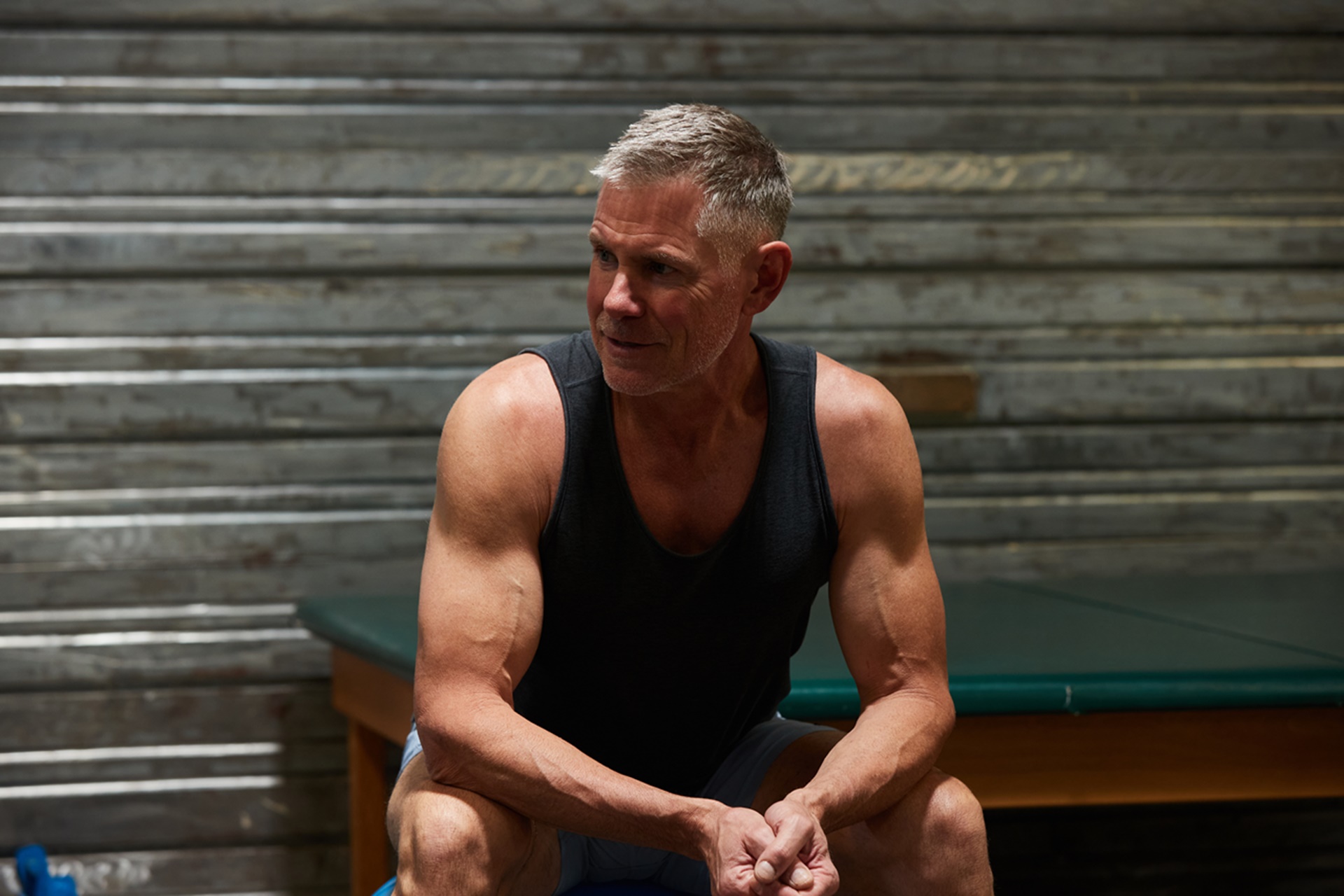

ExRx
Exercise Prescription
Just as the prescription of medicine depends on the correct dose for safety and success, so does exercise. Too much causes injury, too little, no results. Instead of a drug to cure, exercise uses forces, (and usually movement), to challenge, improve, and maintain the human body. It is important for those who engage in exercise to realize that force is invasive and after the decision is made on any given exercise, there are a multitude of decisions to consider to effectively load the body: (these are just a few basic ones)
- Is the given exercise actually safe and effective to accomplish the goals you have set out?
- Investigation: What is the participant’s current joint status, capabilities, limitations, and ‘true’ strength?
- What type of resistance are you using? Bodyweight, dumbbells, cables, a machine, rubber tubing, water, etc.
- How much resistance do you need to effectively challenge improvement versus getting hurt, or zero results (the right dose: not too light, not too heavy).
- How are you going to stabilize? The floor, a bench, a ball, the machine, etc.
- What adjustments need to be made to accommodate the individual’s body makeup? Arm, leg, trunk lengths.
- Intention: Can you focus on contraction and joint status instead just movement and reps?
- How many reps, range, rest, interval?
- How will you navigate focus, awareness, control, tempo, intention, and fluidity of motion? (It’s not just about counting reps!)
- What muscles are involved in producing motion versus the ones eliminating unwanted motion, regulating, and controlling motion?
- What are other ‘unseen’ forces are involved that must be navigated: friction, shear, inertia, etc.
- What does the entire orchestration of the set look like? Fluid/symmetrical/ motion through all reps?
- How are you going to change it up so you’re not doing the same thing everytime? (manipulative variables)
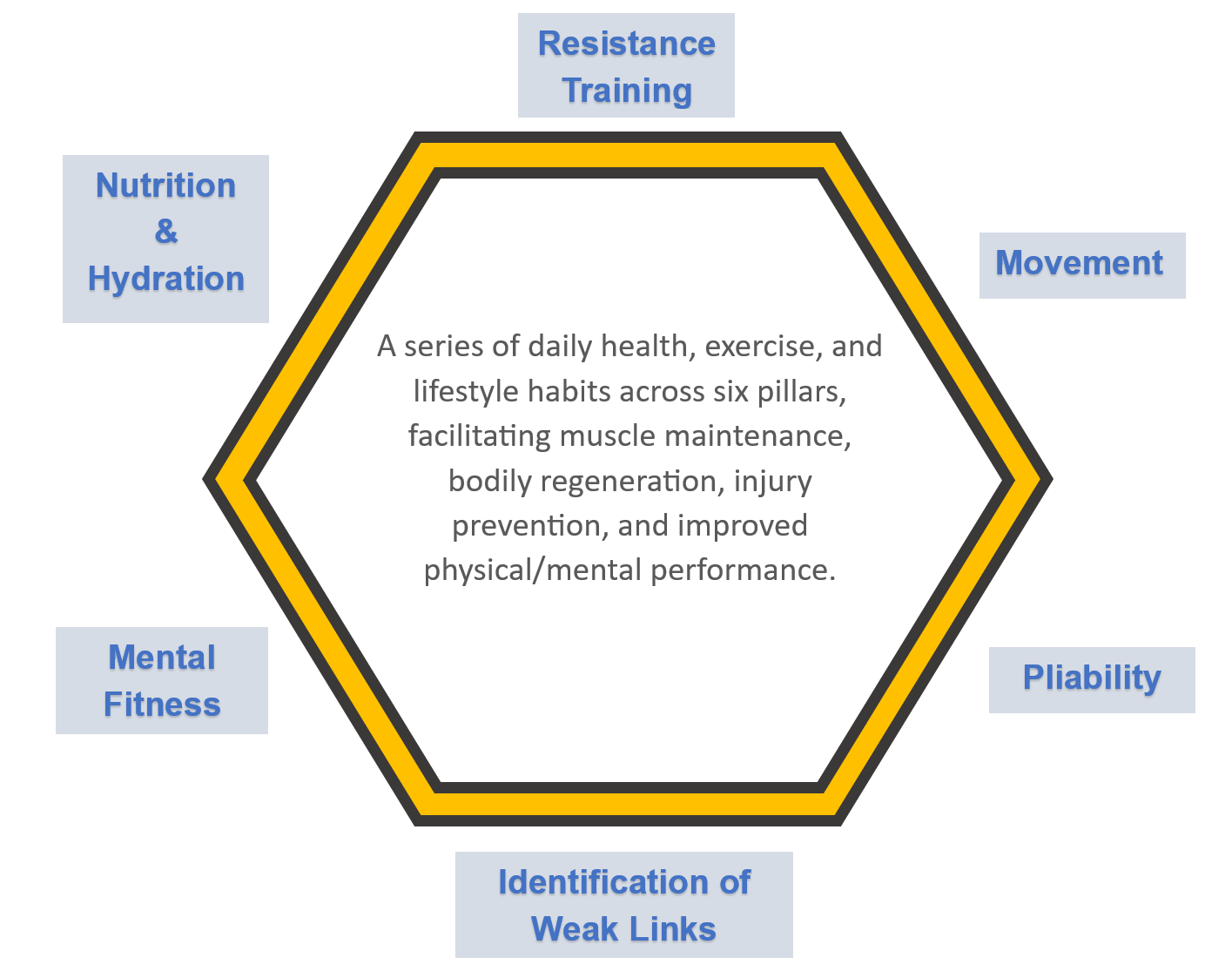
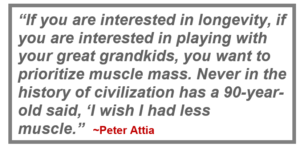
Pillars of an Active and Healthy Lifestyle
Pliability & Resilience
- Incorporate exercise that maintains optimal range of motion.
- Have a well-rounded exercise strategy that emphasizes real strength and resilience rather than bulk and mass.
- Not just Flexible but having the strength and ability to withstand, control, and recover from positions imposed.
- Forcing range of motion (excessive stretching) without strength throughout the range is a recipe for injury.
Resistance Training
- Incorporate exercises that build, maintain, and respect Joint Tolerances.
- Progress appropriately, vary exercises and loads strategically and often.
- Focus on control, orchestration of contraction, and tension generating capabilities rather than just time, reps, and sets.
- Active Stability: practice the art of producing force and creating exercises without aid of benches or machines.
- Incorporate exercises that challenge grip strength and eccentric control.
- Assess Risk & Benefit and the individual’s current capabilities and limitations of every single exercise.
- Understand all ‘players’ involved in a given exercise: movers, stabilizers, regulators, etc.
- Explore the same exercise using different modalities of resistance.
Nutrition & Hydration
- Maintain eating habits that emphasize evolutionary accordance rather than heavily processed and chemical-laden foods, or fad diet.
- Water, teas, and less commercial drinks.
- Avoid grains, dairy, and sugar.
- Eat good sources of fat, avoid vegetable/grain oils.
- Consider intermittent fasting often.
Movement
- Train for Aerobic efficiency often.
- Train your maximum aerobic capacity and peak anaerobic power
- Incorporate coordination, agility, and balance ex’s into workouts.
- Rehearse dimensions of motion not commonly trained: sideways, backward, etc.
- Get up early and move.
Elimination of Weak Links and Injury
- Identification of muscular imbalances and joint limitations.
- MAT: Muscle Activation Techniques.
- Address and improve upon before range and strength are lost.
Mental Fitness
- Sleep
- De-stress
- Massage
- Energy Work
- Reading
- Meditation
- Walking
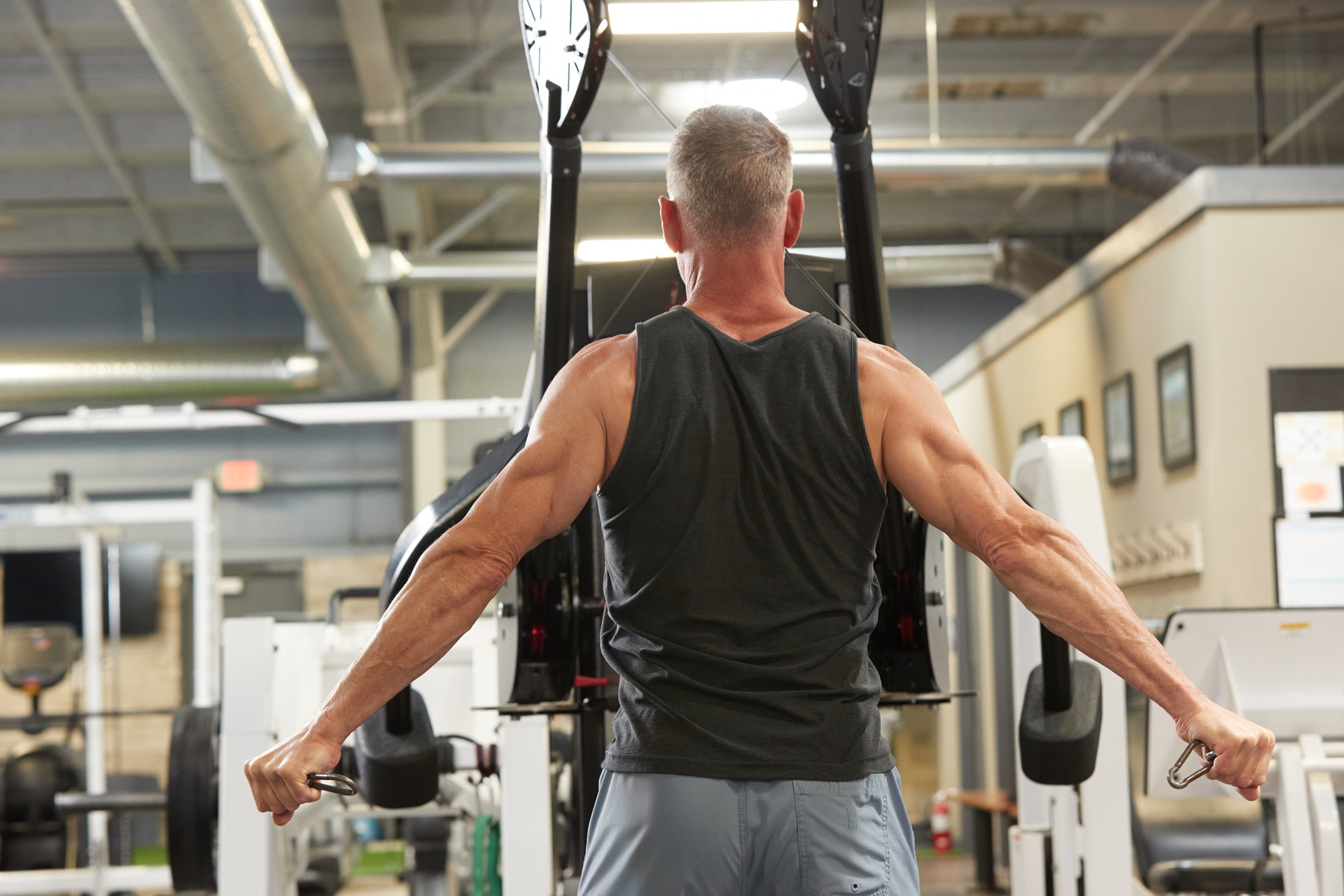
Mechanics is the most ignored, neglected, misapplied, and misunderstood aspect
of exercise performance, education, and research!
Ironically, an exercise IS nothing more than mechanics!
Everything else simply represents the conditions under which
the exercise is performed!
In exercise, mechanics transcends and encompasses all goals and trends!
-Tom Purvis (founder Resistance Training Specialist)
Exercise Mechanics, Progression, Variation, and Intension
The exercise world is bent on reps, weight, and movement, and a favorite form to do it: lift weights, yoga, pilates, running, swimming, cycling, etc. without consideration of the factors on the inside. Yet, no matter what type of exercise you engage in, it all boils down to two things: Joints & Forces. The mechanics and interplay of joints, muscle, and resistance must always be considered in every exercise and the outcome predicted, analyzed, and adjusted according to the goal and capabilites of the participant. All too often, adjustments in an exercise may be a few things: weight, reps, body position, and maybe an angle or attachment. This hapharzard approach leaves the participant with little results, hurt, and usually bored! A Fitness Professional seeing progressive challenge and variation from a strategic standpoint should consider the following:
- manipulation of the resistance modality for the same joint/movement pattern.
- monitor the participants current abilites, tolerances, level of control and then progress accordingly.
- always consider the goal of a specific exercise, the desired response, outcome, and ultimate adaptation.
- see that compimentary exercises could offer a more full-spectrum challenge to the goal.
- instill intention of the participant during every rep of every set: focus, control, effort, and fluid orchestration of the chosen range of motion throughout.
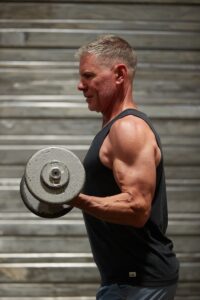

INTERNAL PERFORMANCE:
Exercise happens on the inside
Developing an inside view of exercise is paramount! With any given exercise there are a multitude of factors, (think actors in a play), to consider beginning with the anatomy and understanding the forces we are going to inflict upon it and the muscles, tendons, and other tissues that will react to it. Simply watching a weight move from point A to B is a crude and simplistic view of exercise. It is critical that the Exercise Professional understands all the factors that should happen/could happen to produce the desired outcome before force is applied to the body. Using this Internal Performance mindset skill to preemptively assess all scenarios is an added benefit that we provide the client.
- What’s happening and How it’s happening versus Why it’s happening.
- Be a Locksmith. Everyone has a unique combination to accommodate and then construct the exercise.
- Monitor signs from the inside aka: Sensory input and detection. Get the client to provide feedback instead of counting reps.
- Focus on joint management, protection, and control.
- Range of motion should not be standardized.
- Stop & modify if necessary.
- How are the internal pieces moving…or not moving. Is everyone doing their job?
- Recognize when something is missing and stimulate them to change.
- Progress Appropriately! (instead of just adding more weight!) Develop and organize the skill then make it appropriately harder.
- Organize available contractions to produce a movement solution.

You can’t outwork a bad diet!
NUTRITION – WEIGHT LOSS – EATING STRATEGIES
~~COMING SOON!~~
